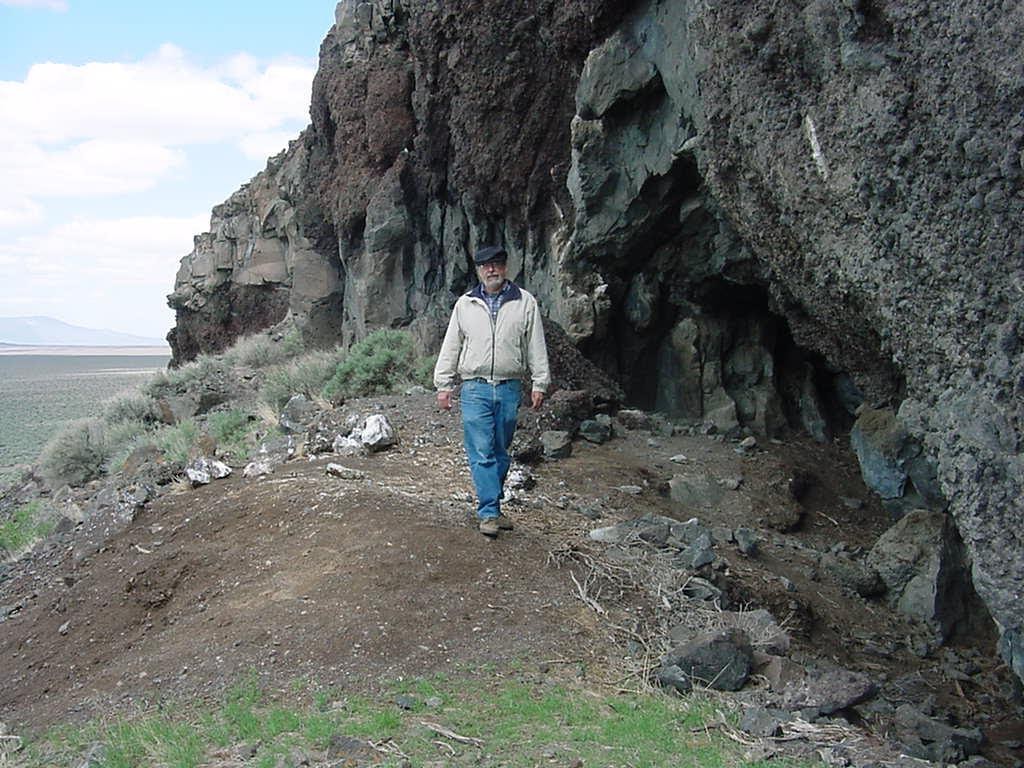Prehistoric poop helps scientists understand the people who lived here thousands of years ago

The Paisley Caves are located in south-central Oregon. They have some of the oldest archeological materials in North America. Archeology is the study of ancient cultures by looking for and examining their buildings, tools, and other objects, according to the Cambridge Learner’s Dictionary.
People used these caves over 14,000 years ago. One use for the caves was as a toilet. Scientists today study the human waste (coprolites) left there. The information can tell scientists when people lived in this area. It can also help these archeologists to understand how these people lived.
“They’re really great not just for looking to see whether people are present, but as nice little packages of information about diet and health,” says Dr. Lisa-Marie Shillito. She is an archeologist at the University of Newcastle in England. She studies the caves and their contents. One thing she learned was that the ancient people had a diverse diet — not only large animals such as mammoths, but also small animals, insects, seeds, and plants.
The research at the Paisley Caves is part of a larger study of ancient people of North America. As more sites are found, Dr. Shillito says, “We’ll get a more detailed idea of exactly how people were moving around across the continent, and what they were doing in the environment, rather than just thinking about when they got there.”
-This story was first published in ESOL News Oregon July 24, 2020.
Check
Discuss
- Is it useful to study prehistoric poop? Why or why not?
- Why is this part of Oregon a good location for this project? Do some research about the environment and the weather. What is different here compared with caves on the coast or high up in the mountains?
- What other historical objects do archeologists study? What can they learn from them?
- People used to live in caves. Imagine what they would have been like. Share your ideas about life in a cave.
Write
- What would archeologists of the future learn about you from studying things you left behind? Imagine what they would find?
- More specifically, what would archeologists of the future learn about humans of the 21st century by studying our waste? For example, scientists studied wastewater to learn more about COVID prevalence in communities.
- Think about privacy: is it an invasion of privacy to study what people have left behind? For example, someone can learn a lot about a person from their trash and waste. When is that OK? When is it not OK?
- How do archeologists understand how ancient people moved around by studying the contents of the caves where they lived?
Sources
“Archaeology | Definition in the Cambridge Learner’s Dictionary.” Dictionary.Cambridge.Org, dictionary.cambridge.org/us/dictionary/learner-english/archaeology?q=archaeological. Accessed 24 July 2020.
Elbein, Asher. “Cave’s Clues Show It’s More Than Just Oldest Outhouse in the Americas.” The New York Times, 17 July 2020, www.nytimes.com/2020/07/17/science/cave-poop-americas.html?surface=home-
discovery-vi-prg&fellback=false&req_id=598243623&algo=identity&imp_id=396407839&action=click
&module=Science%20%20Technology&pgtype=Homepage. Accessed 24 July 2020.
“Paisley Caves.” Oregonencyclopedia.Org, oregonencyclopedia.org/articles/paisley_caves/. Accessed 24 July 2020.

